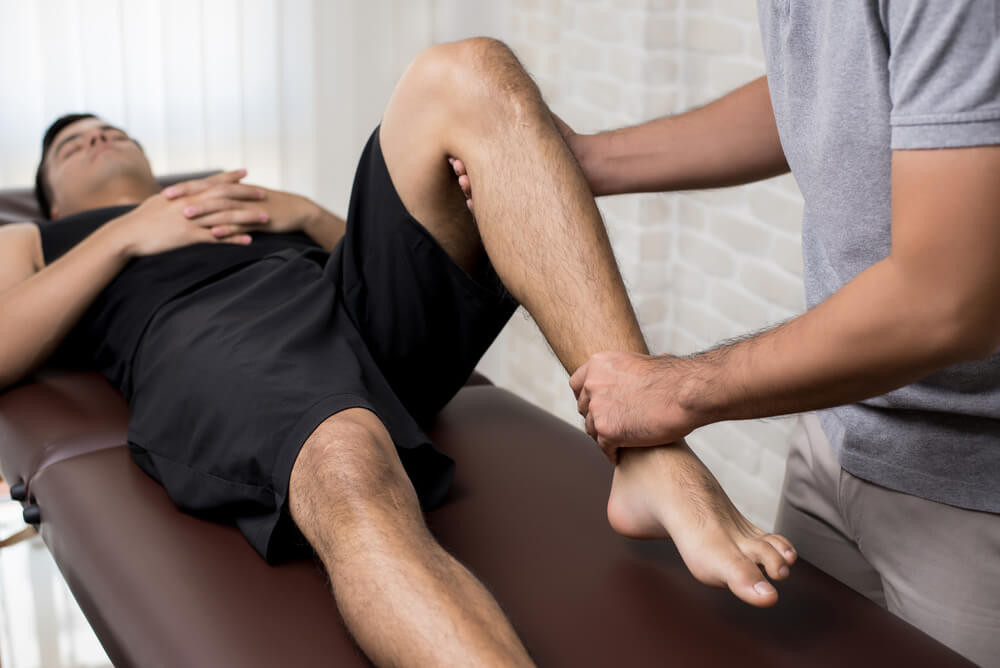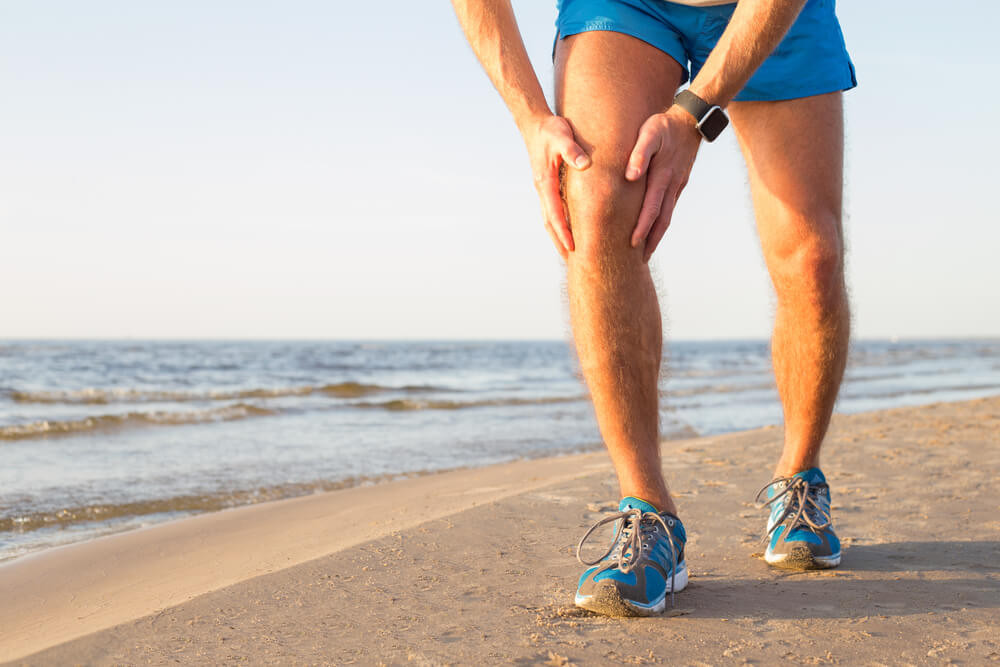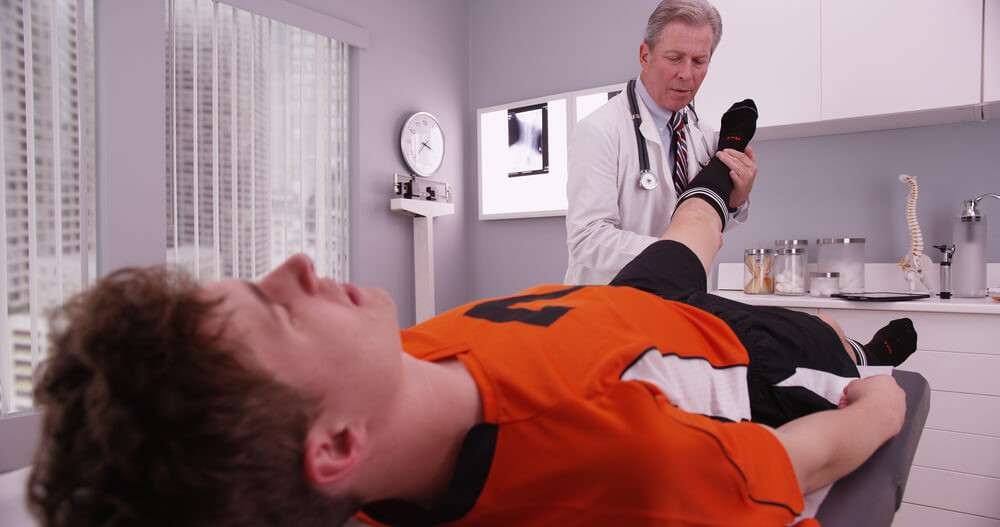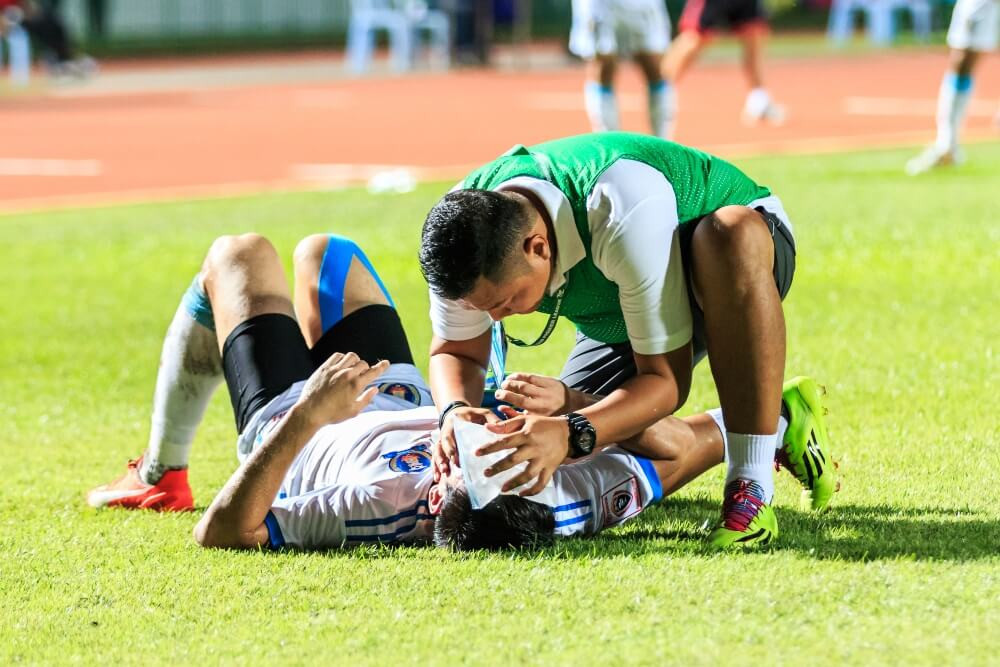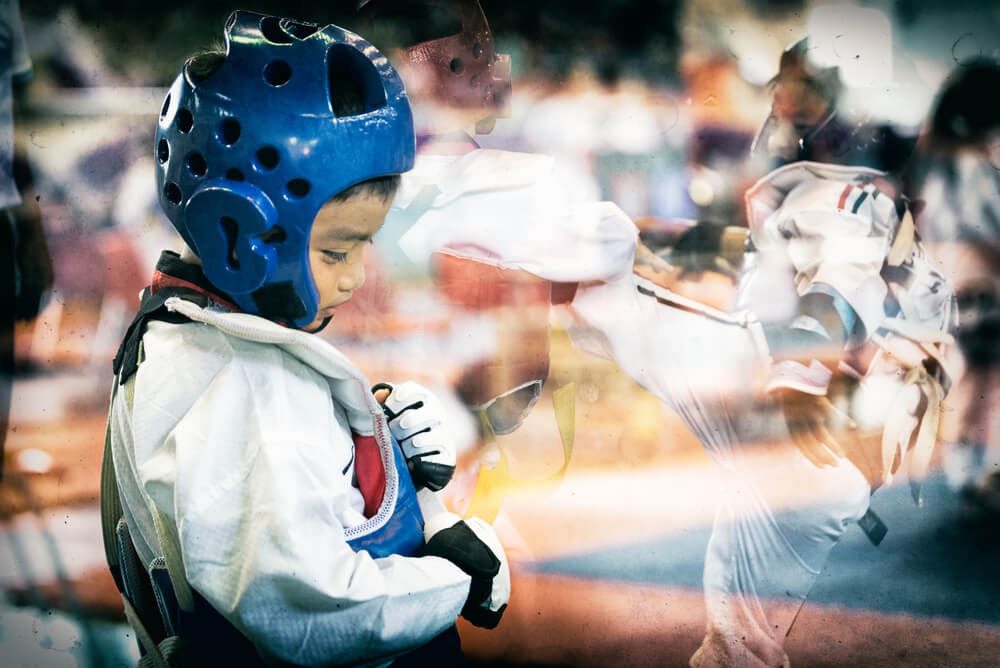Health
Welcome and thanks for visiting...

The Dreaded ACL Injury – Is There a Solution?
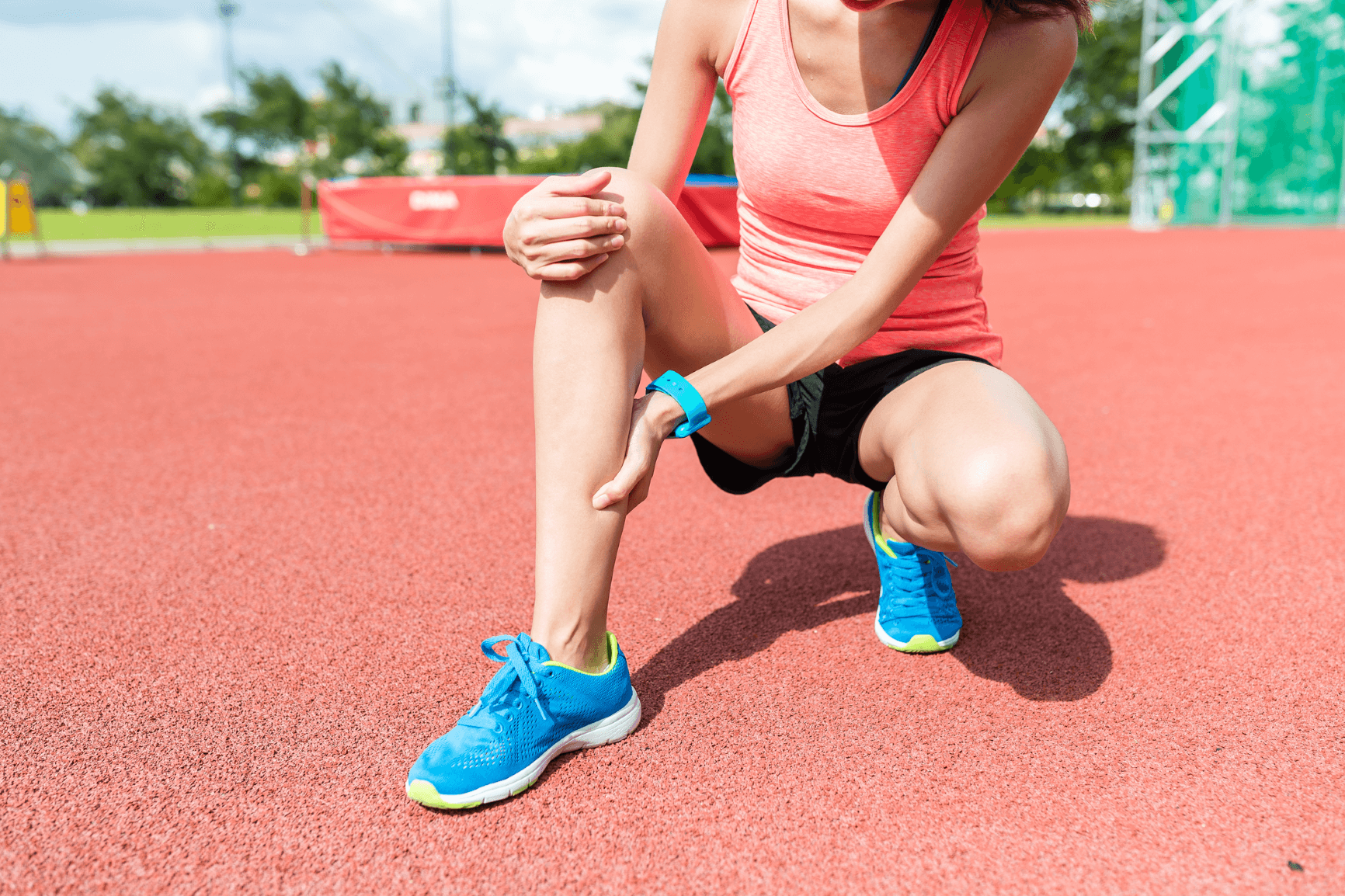
Whether you are a parent, an athlete, or a coach, when you think about one of the most dreaded sports injuries for an athlete to have, the ACL or Anterior Cruciate Ligament often rises to the top of mind. All of us have either had personal experience with or know someone that has suffered an ACL injury.

This topic became a huge passion for me and a part of a higher calling when I had 22 young athletes come into my sports physical therapy practice over a 2-week period with an ACLR (anterior cruciate ligament reconstruction). I knew I had to do something about it.
As a master’s degree level PT, I knew I needed to know more so went back to school to do my doctorate to focus on biomechanics and motor learning. That was in the year 2000. I wanted to learn what was leading to these injuries and how we could prevent them. I was determined to try to find out as much as I could, to become a part of the solution versus just treating these athletes the same way we always have.
To change this trend, I knew we had to do something very different. This is one reason I have spent the last 20 years investigating ways to prevent these injuries in athletes as both a treating clinician and as a researcher. In 2017, we commercially launched a technology to assess movement patterns that we now know put athletes at risk for these injuries. Since then, we have collected data on over 20,000 athletes and have more than 20M data points related to movement and risk. With this level of mass data, we are learning more than we ever have before and are leading the research by ~3-5 years. In this series, I hope to share with you what we have learned and some really exciting things that are being done on the prevention side that you can implement today to make a difference.
The first thing that became apparent was that education is the foundation for creating change. To that end, it is important to understand the scope of this problem or epidemic. In the US alone, there are 250,000+ ACL injuries (AAOSM Annual Conference 2016) resulting in over a $5B annual health care cost for the primary injury alone. This does not include 79% of ACLR athletes that develop knee arthritis in 12 years (Holm et al Am J Sport Med 2012) or the 28% that have a revision in 2 years (Rousseau et al Am J Sport Med 2019). So if a 12-year-olds tear their ACL, they start developing arthritis by the time they are 24 and have a high probability of reinjury! If you were to consider this additional cost (arthritis and reinjury), this would be well over a $10B annual health care costs.

As disappointing as those stats are, what really is heartbreaking is that a younger athlete (14-16 years old) who tears their ACL, 1 in 4 of them will suffer a second ACL injury at some point in their athletic career (Wiggins et al Am J Sport Med 2016). Even worse, if a high school athlete tears their ACL prior to a college athletic career, they are 50% more likely to end up on the disabled list in college, cost the university 50% more in health care costs and are 8 times more likely to suffer an ACL injury during their college athletic career (Rugg et al Am J Sport Med 2014).
Obviously, preventing the initial ACL injury is key. But is that possible? Before we talk about that, how many athletes go back to play their sport after an ACLR?
If you ask most surgeons how many of their athletes return to sport following an ACLR, most will tell you 85-95%. That is awesome, but what does that mean? Does that mean the athlete goes back and sits on the sidelines or plays half their regular time? It couldn’t mean that right? Most of us assume a return to sport means back at the same level they were before and at 100% previous level of performance. But sadly, that simply is not the case. Looking at the research, you would think professional athletes would fare much better than most.

When looking at NFL football players who have had an ACLR, what we see is that their athletic performance is decreased (decreased sprint speed, percentage of tackles is down, etc.) for up to two years following return to sport after an ACLR (Mia et al Am J Sport Med 2017). Keep in mind, the mean time for a return to play in professional football players is 10.4 months (Logstaffee et al Am J Sport med 2020). If you include the time it takes for them to get back to play, plus their decreased performance once returned, this is a three-year impact!
Coaches, think what this does for your overall team’s performance if this is one of your key players! What studies also show is that their professional career is decreased by 2 years (Mia et al Am J Sport Med 2017). These are professional athletes. Folks who have 24-hour access to some of the best health care and some of the latest technology and advances in sports science available. Folks who have rehab 2 times per day and an athletic trainer at their beckon and call. Knowing all this, it just further stresses the fact that we have to prevent the initial injury.
Can we really prevent these injuries? The quick answer is - we can prevent a large percentage of these. Up to 80%. But first, we have to know what put them at risk and how do we, as athletes, parents, coaches, and sports medicine professionals address those.
In the next blog, we will start that discussion. What is it that leads to these injuries, how can we assess this as parents and coaches, and what can we do about it. We hope you found this information useful and we're looking forward to helping you keep your athletes in the game.
Read more:
The Dreaded ACL Injury – Is There a Solution? Part II
The Dreaded ACL Injury – Is There a Solution? Part III
The Dreaded ACL Injury – Is There a Solution? Part IV
The Dreaded ACL Injury – Is There a Solution? Part V

